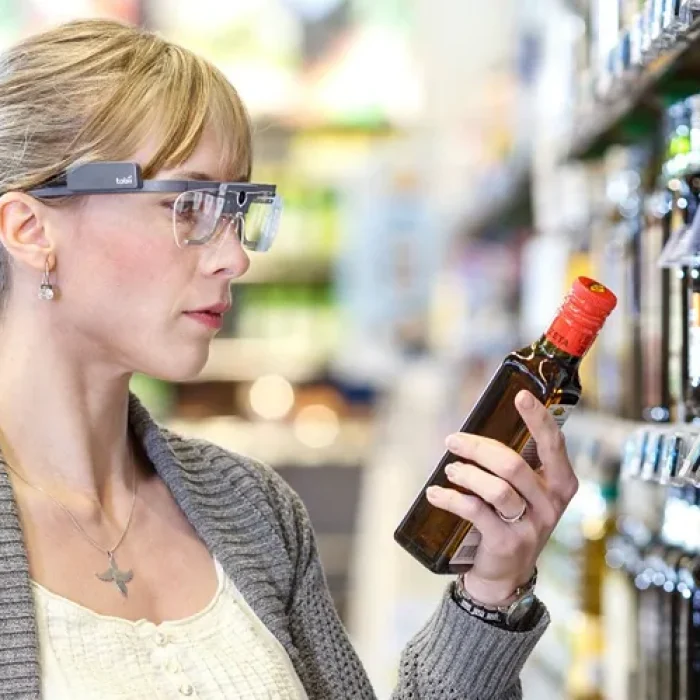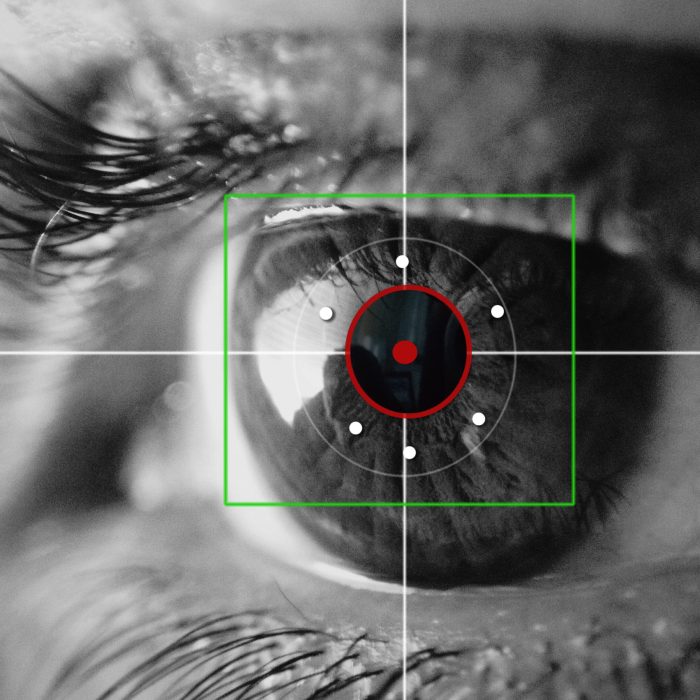
On-Pack Claims Effectiveness
Intro & Background We’ve all been there, you arrive to a restaurant, early signs are promising. Dimly lit room, atmosphere
Understanding how people behave in truly natural settings requires moving out of the lab and taking research tools into the wild.
Eye tracking glasses follow the natural gaze and attention of people in any environment. Eye tracking glasses are entirely non-invasive, allowing for unprecedented insight into how people see the world.


Leading consumer brands use eye tracking to better understand customer experience and product performance by measuring visual attention to key messages in product advertisements, placement and branding, package design, and more.
Are key pieces of information, messaging or artefacts receiving the required amount of visual attention within the ad?
How effectively is your User Experience (UX) and Customer Experience (CX) designed to support users.
Is your packaging designed in the most impactful way? How does it perform against a competitive set?
Is your store designed to enhance the experience of retail shoppers? How easy is it for them to navigate their way through different areas of the store?
Why do people make certain decisions? Eye Tracking is a powerful tool in understanding the decision making process and strong indicators for consumer behaviour
Gaze Mapping creates a representation of visual attention either individually or across a group.
They can be represented as either static images or dynamic videos, allowing you to understand what sequence people attend to specific pieces of information contained in a visual experience.
Heatmaps are visualisations that demonstrate the general distribution of gaze points. They are typically displayed as a colour gradient overlaid across the visual scene. The red, yellow, and green colours represent in descending order of the volume of gaze points that were directed towards different areas of the scene.
Using a heatmap is a straightforward method to quickly visualize which elements attract more attention than others. Heatmaps can be compared across single respondents as well as groups of participants, which can be helpful in understanding how different populations might view a stimulus in alternative ways.
An Area of Interest (AOI), is a tool to segment regions of a displayed stimulus, and extract metrics specifically for those regions. While not strictly a metric by itself, it defines the area by which crucial Eye Tracking metrics are calculated.
For example, if you show a picture of a person, it is possible to draw separate AOIs around the body and the face. You will then be able to display metrics for each region separately, like how long did it take for someone to look at a specific region, the length of time respondents spent in the region, how many fixations occurred within the region, how many returned to the region.
Here you can find some of the questions we are asked about Eye-Tracking Glasses on a regular basis.
If you have questions you cannot find here, or elsewhere on our website, please contact us by clicking on the button below.
Eye tracking glasses enable us to follow and measure the natural gaze and attention of people across all environments.
Understanding how participants behave in natural settings is crucial to provide ecological validity to the data collected. Eye tracking glasses are entirely non-invasive, allowing for unprecedented insight into how people see the world.
Mobile Eye Trackers also called ‘Eye Tracking Glasses’ work by having near-infrared light directed towards the centre of the eyes (pupil), causing detectable reflections in both the pupil and cornea. These reflections produce the vector between the cornea and the pupil and allow for precise gaze tracking to be carried out.
In the case of eye tracking glasses, the near-infrared cameras are placed around the lenses on of the glasses, either on the frame or directly embedded in the lenses. Typically Eye-Tracking glasses are ‘plug-and-play’ and do not rely on calibration processes.
Eye-Tracking glasses can be used glasses everywhere that screen-based or webcam eye tracking will not do the job.
Where real-life tasks are required, we recommend using Eye-Tracking glasses. This can include Shopper Marketing, Sports & High Performance or Manual Labour environments.

Intro & Background We’ve all been there, you arrive to a restaurant, early signs are promising. Dimly lit room, atmosphere

The exhibition titled Ulysses 2.2: ‘the wandering i’ used our Eye-Tracking solutions to produce an audio and visual representation of each visitors individual reading of Joyce’s iconic text.

How do Quality Marks perform from an attention perspective across Packaging, Digital Content & Television Advertisements?

A TV Spot was produced for the campaign and a post-production research study was executed to carry out an evaluation of the creative.
